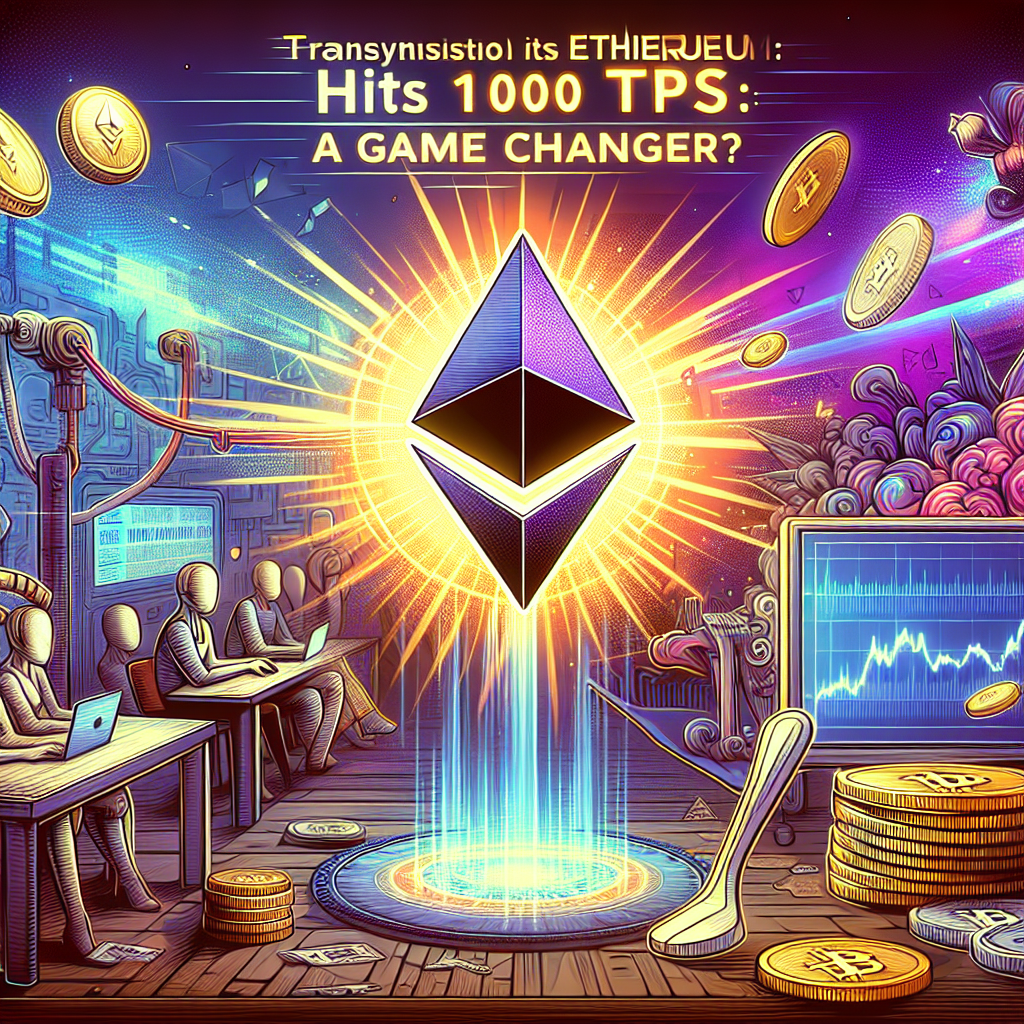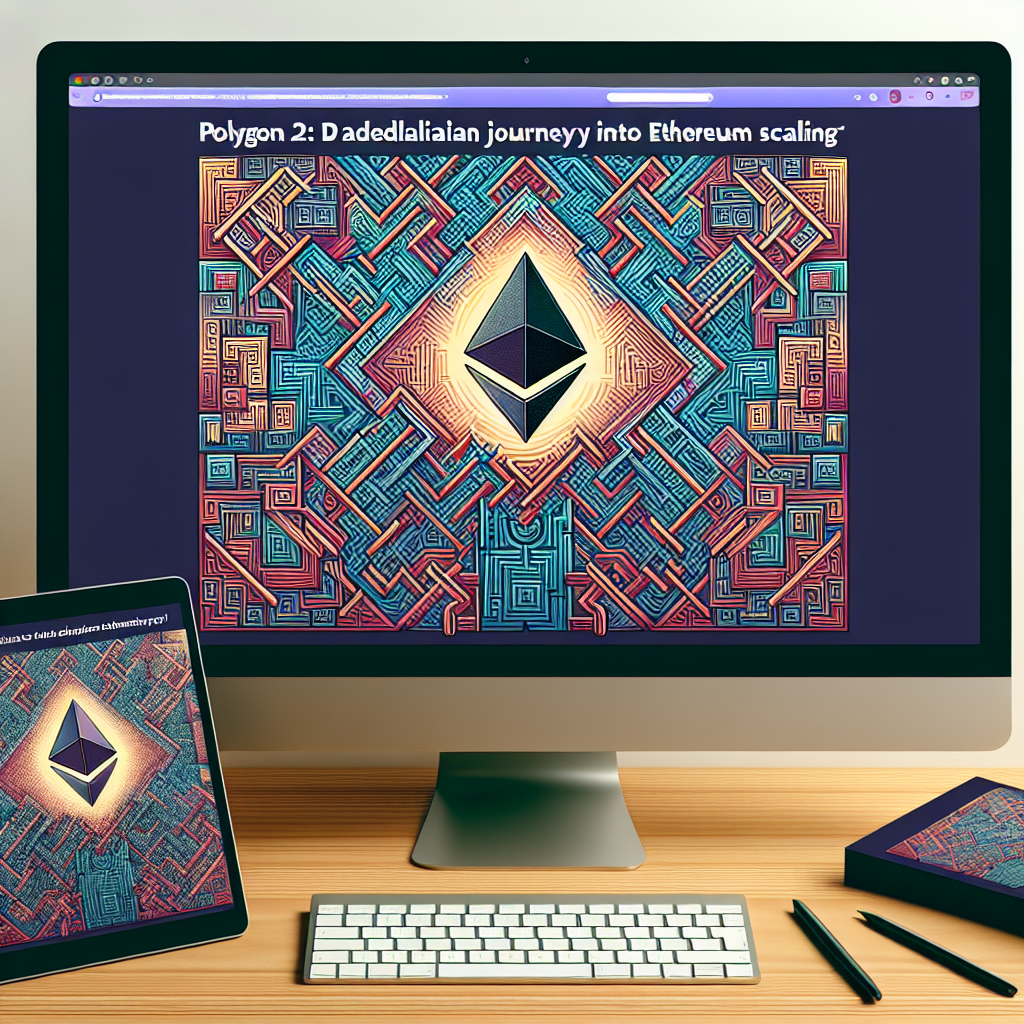Brace yourself, crypto fam! The degen architects over at $MATIC labs have unleashed Polygon 2.0, a proposal meant to redefine layer-2 scalability for $ETH. While hopping on the Ethereum express train, Polygon has aimed to transform its infrastructure with a touch of daedalian complexity—where next-gen rollups and increased decentralization meet head-on.
The hubbub around Polygon 2.0 is, well, massive. It’s essentially an evolution, or if you prefer, a glow-up of the whole ecosystem. Combining zk-proofs (zero-knowledge proofs for those new to the tech lingo) with increased throughput and security looks set to make this a heavy-hitter in the scalability race. Think of zk-proofs as cryptographic ninjas—sneaky, efficient, and packing a punch while reducing data load. These zk-rollups not only bolster security but aim to level up transaction speed and reduce gas fees.
What’s in the Box?
Polygon 2.0 plans to reinforce its infrastructure with modular components—much like digital Lego blocks, but for blockchain. This includes sophisticated upgradable architecture to ensure this layer-2 solution stays as agile as a meme coin in a bull run (sans the liquidity risk, of course). By enabling a multi-layer framework, the 2.0 version seeks to push Polygon into the elite class of Ethereum rollup solutions.
Despite the tech-heavy premise, Polygon 2.0 doesn’t skimp on decentralization. It’s like having your crypto cake and eating it too. With proof-of-stake (PoS) enhancements, validators find themselves sitting at the grown-up table during holiday dinners.
Why It Matters
If you’ve ever cursed the $ETH gas gods while watching your transaction fees burn more than a genocidal meme, then Polygon 2.0 may just be your escape hatch. While Layer 1 like $ETH is solid, scaling solutions through rollups like Polygon allow for the network to handle more transactions per second without bogging down or inflating fees to Kanye-at-the-MTV-awards levels.
Conclusion: So why should you care? Polygon 2.0 is gearing up to be more than just an upgrade. It’s a fortified step towards Ethereum adoption in a bustling Web3 universe, aiming to attract both builders and users alike. Brace yourselves for a potential wave of adoption that might make $MATIC’s price chart resemble a roller-coaster at moon base Alpha.












